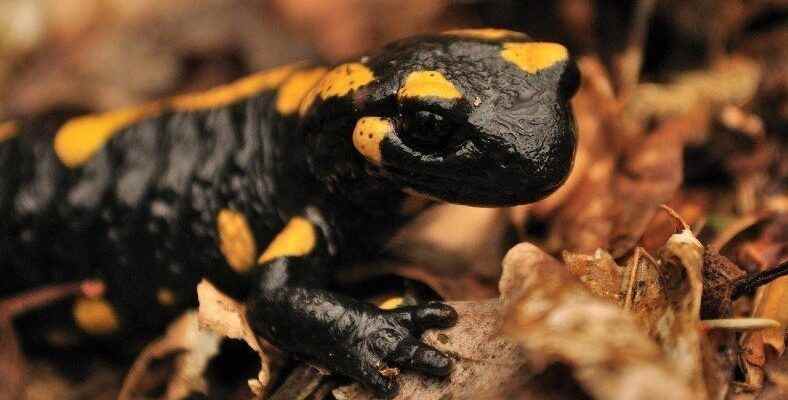Although we generally classify living and living animal species as those living on land and in water, there is actually another species called amphibian, which has both terrestrial and aquatic features. We have explained in detail the remarkable features of amphibian animals still living among us.
When we say land-dwelling and aquatic animals, there are certain species that come to mind. However, it can exist both on land and in water. what is amphibian The answer to the question may be a little complicated. because what is amphibian answer to the question It does not describe animals with certain life characteristics, but a class of animals that are still living and are accepted as a transitional species evolutionarily.
Crocodiles can swim in water for long periods without breathing, whales need oxygen but amphibian it is more than that. It carries both terrestrial and aquatic biological features on the same body and cannot survive when it is away from one of the two habitats. Let’s take a closer look at the question of what is an amphibian and see in all details how this animal species was looked after both in the historical process and today.
What is an “amphibian” that lives both on land and in water?
It has the biological characteristics required by both terrestrial and aquatic habitats and at the same time needs characteristics of both habitats vertebrate animals belong to the class of amphibians. Although these creatures live on land, they cannot survive when the air falls below a certain humidity level. So they always need water, although not directly.
First time of amphibian species It originated 340 million years ago. is being considered. 8100 amphibian species identified to date More than 6,000 of them are still living known. This species, which we can call Turkish amphibians, is not an intermediate form for the first species that migrated from water to land. However, there are surprising similarities with the reptilian class.
Amphibian species, which are defined as ectothermic, that is, with variable temperatures, are studied by a branch of science called herpetology. In the 1980s, scientists discovered that amphibian species were gradually disappearing. Studies after the 2000s were even more frightening. These studies show that amphibians are rapidly disappearing and a mass extinction It showed they were going to live. Therefore, some amphibian species are under protection.
Amphibians and their common features:
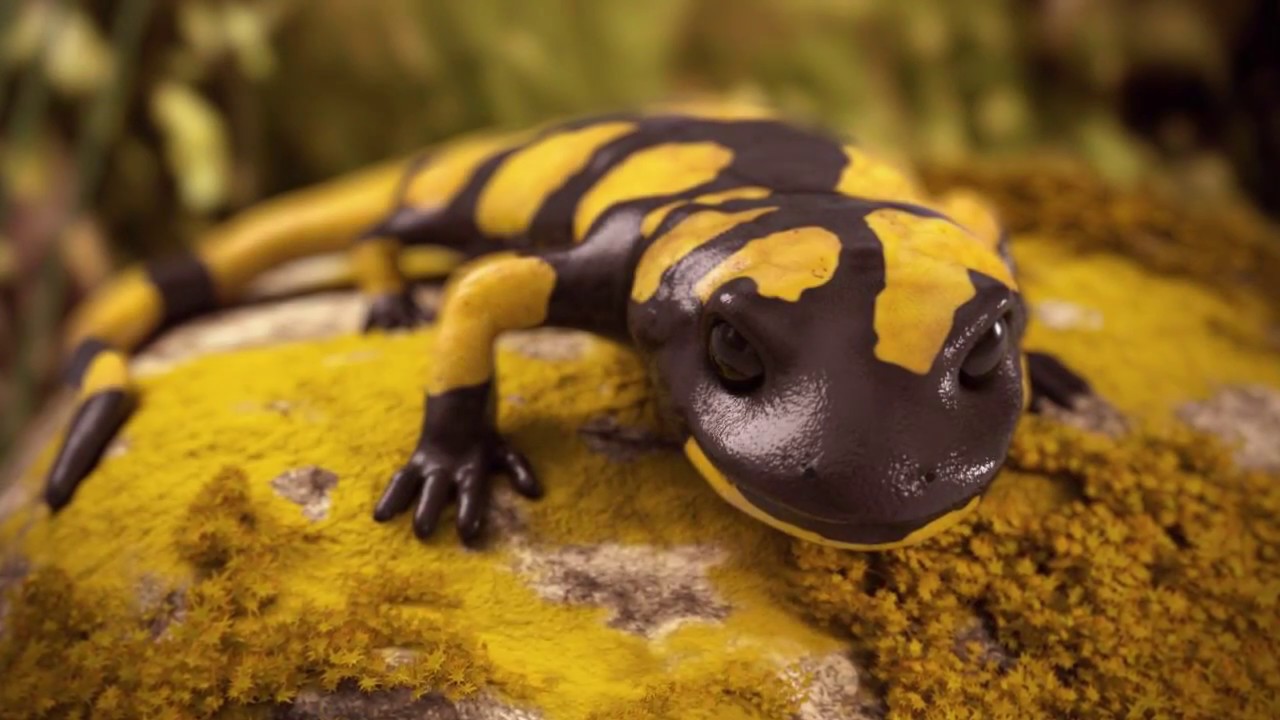
All amphibians living today belong to the subclass Lissamphibia and They split into three different teams. Tailless amphibians Anura, popularly known as frogs, tailed amphibians Caudata, popularly known as salamanders, are members of the team Gymnophiona, a legless amphibian whose name has not been given to the people because they do not exist in our country.
Although they have features that allow them to be distinguished among themselves, common characteristics of each amphibian team has. All amphibian species have very moist, slippery, very thin and breathable skins. All amphibian species are cold-blooded. In other words, they cannot survive in a climate that is not humid enough, away from water and in a habitat with strong winds.
All amphibian species are produced by external fertilization. In other words, the mother amphibian does not experience a gestation period as we know it. frogs, fry live as larvae in water and they live in water until their ability to land is developed. It is also known that some amphibian species are fertilized in a sac in the female’s skin and born this way. However, we cannot talk about a pregnancy and reproduction process as we know it for any amphibian species.
Where do amphibians live? Do not think that they are weak creatures:
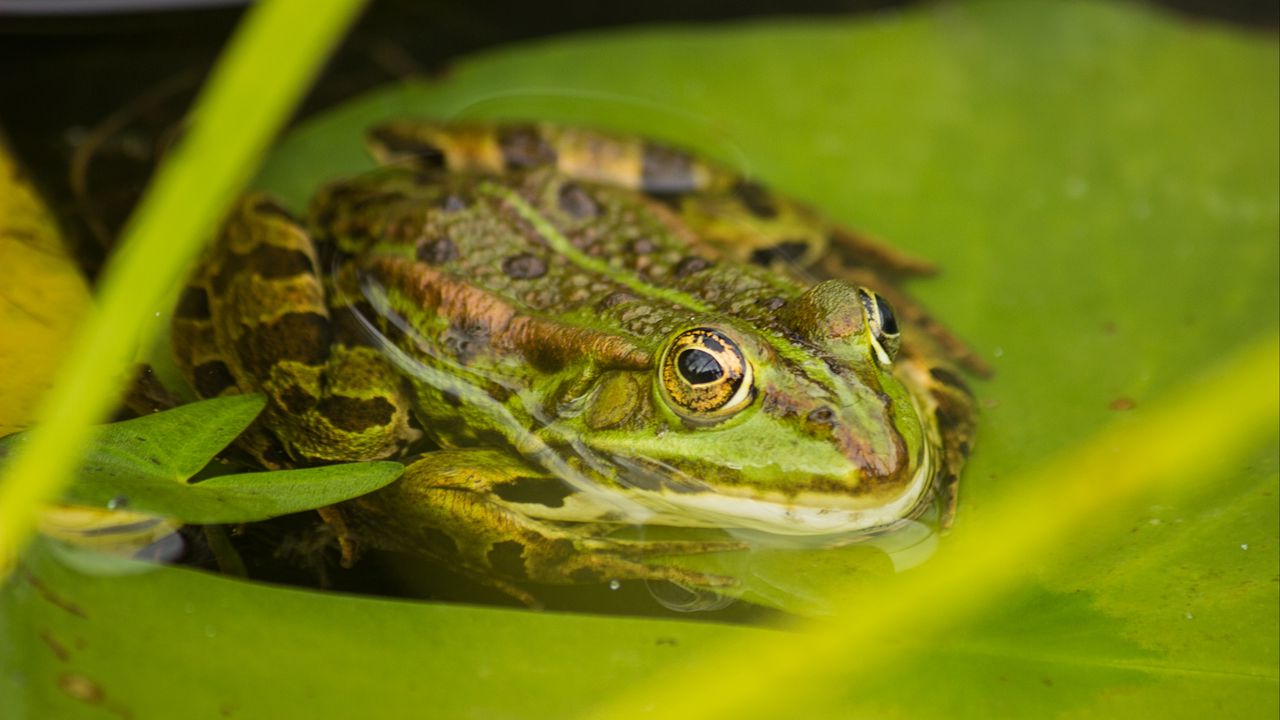
As can be seen from their characteristics, amphibians cannot survive in any arid, desert climate. For this reason, they are commonly seen in the Northern Hemisphere. But Do not think that they are weak creatures. You can encounter amphibians in Antarctica or even on landlocked islands close to the North Pole.
As the general habitat of the amphibian species, the Northwest of South America, Central America, Mexico the tropical mountain forests of and the humid tropical forests found in Africa, America, and Asia. Of course, when they find a suitable habitat, they can also appear in Australia, North America and Europe.
The feeding and reproductive habits of amphibians are also very different:
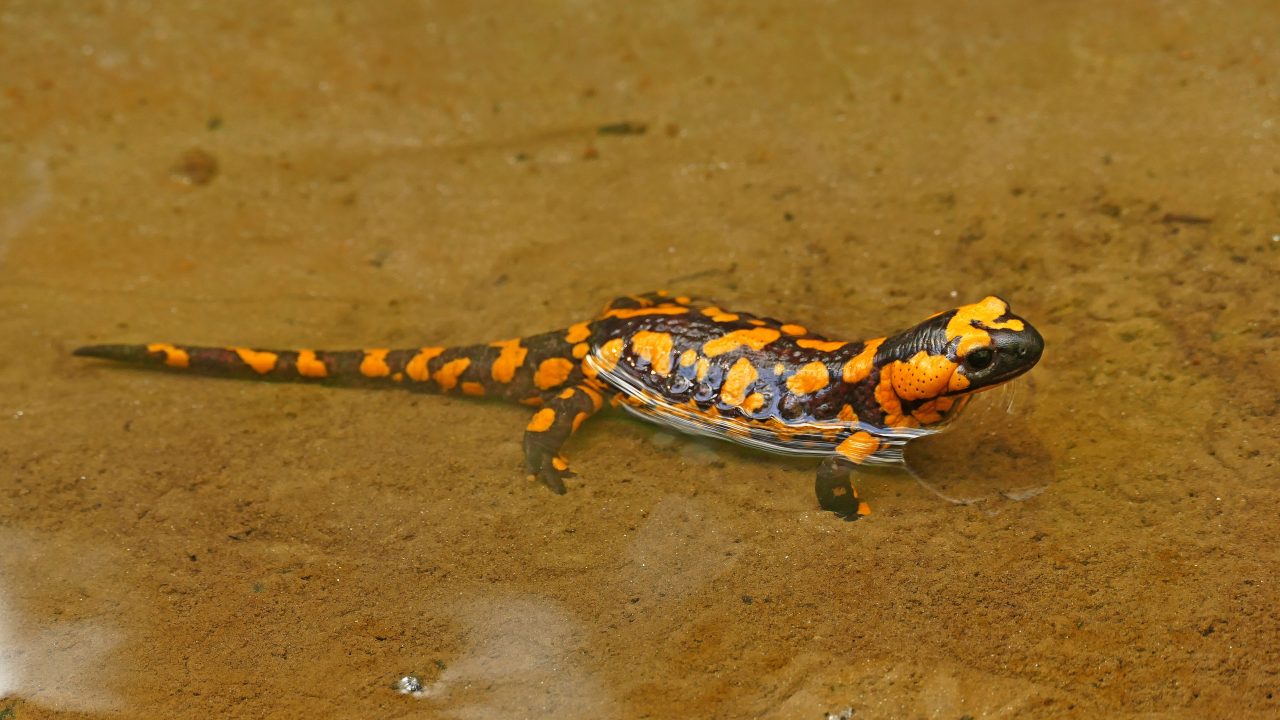
One can’t help but wonder how such a creature that can die even in a dry breeze has survived to this day. However, we see the answer to this question in the reproductive habits of amphibians. What different amphibian species release into the water at once The number of eggs varies between 5 thousand and 45 thousand. Although there are variable factors, after a month the fry hatch and start life.
Amphibians eat anything they can eat. That familiar of frogs fly-fishing gestures with their tongues It is a valid hunting movement for all amphibian creatures. But there are also amphibian species that do not have a language. These creatures take some water in their mouths and feed by sucking whatever is in them. It is obvious that it is a slow but highly effective diet.
Amphibians in history: They were known as creatures stronger than fire…
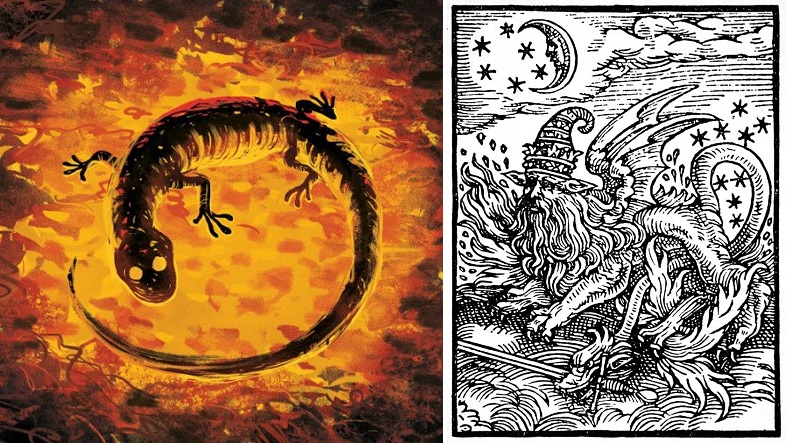
Humanity’s meeting with amphibians coincides with the time we found fire. People who believed that fire was something magical at that time, seeing a salamander in a log that they threw into the fire and they thought that the amphibian species was a creature stronger than fire. According to what Aristotle told, humanity believed that salamanders had the power to kindle and extinguish fire.
Again, according to Aristotle, Pliny the Elder tried to test this belief. throws a salamander into fire and of course the salamander dies. The biggest reason for this belief is that amphibians are not easily affected by fire due to their moist skin. The experiment of Pliny the Elder would not have affected humanity much that even Leonardo da Vinci studied the relationship between fire and salamander.
The royal emblem of King Francis I of France was the salamander and a salamander has the power to kill an entire army he believed it was. Of course, the main reason for choosing the salamander as a symbol is that this creature is poisonous and fire resistant. However, the fact that even Shakespeare mentions amphibians in some of his works shows how much this species has affected humanity.
Today, although amphibians are not popular enough to influence history or literature, they are at the center of many scientific studies. Such a creature evolutionary biology studies It is thought that it will contribute to and open the door to some unsolved mysteries.
The prominent features of the amphibian class creatures, which are unlike any other creature we know, and how they have affected humanity in the historical process we told. Global warming threatens the habitat of these creatures. Perhaps in a few decades we will speak of amphibians as an extinct species.
